Oh shit what’s this a timestamp breakdown of something that isn’t Sword Art Online?!? I know, crazy. The reasoning’s pretty simple – unlike with Ping Pong, my thoughts on this show seem to take the form of tiny “oh, nice” moments throughout, and not larger thematic/character thoughts on the episode as a whole. Meaning it seems appropriate to get out the blackboard and slide ruler once again, and sift my way through an episode of this shiny new thing Watanabe has given us. Let’s blow up some city monuments!
Episode 4
2:25 – This show is just nuts on the lighting. From the stark, iconic shots of characters spotlighted in otherwise darkened rooms, to tricks like this, where it dabbles in overall kinds of lighting and perspective that anime rarely bothers to. Here it’s the clash of light versus rain and legs on wet pavement (clearly not a simple trick), but it also plays with light perspective in other ways, like how it creates a heat-haze during daylight hours, or even focuses the camera on specific distances and blurs out other things to create a true spectator’s perspective
2:27 – Here’s a decent example of that, where the lighting of the windows in the distance actually obscures the “viewer”‘s ability to see that far. Anime often portray scenes in a very “flat” perspective, with both the foreground and background equally clearly defined, but Zankyou very often depicts shots as one given perspective would actually see them, with some areas in focus and others obscured. It makes the scene feel more immediate, and even imitates how a “camera’s eye” would see the scene, which is a nicely purposeful choice in this show
2:34 – The way they frame shots with Lisa is always so good. She’s almost always isolated in light – she appears small and abandoned, but still the focus of everyone’s attention through the shot framing alone. Here, the single light source isolates Lisa’s head in the biggest open space of the frame
2:36 – Zankyou does not seem to have a particularly positive view of technology. So far, it’s largely been used as a weapon – Lisa’s mother uses it to harass and control her daughter, Nine and Twelve use it to enact their acts of terrorism. Even though it “connects people,” those connections have so far taken the form of our terrorist kids reaching out and enacting violence on the world
2:42 – Good old WcDonalds
3:02 – Then we see Shibazaki looking at some old-fashioned analog reports…
3:07 – Followed by this, the rest of the police department. Shibazaki already seems to have been defined as an element of an old/abandoned era – he’s referred to as thrown away and waiting for retirement, and his biggest element of humanization has been his relationship with his grandmother. On the other hand, his isolation also unites him with Nine and Twelve, who seem representative of the younger, tech-savvy generation that these middle-generation officers seem to fear
3:25 – A pointed and perfectly true observation. At this point, you cannot keep people from finding ways to hurt others – terrorism is not something you can prevent by policing all dangerous objects. This doesn’t mean you shouldn’t police these objects, and a society that lets civilians buy bombs and automatic weapons is probably not a healthy society, but it’s a symptom-angle that won’t ever truly stamp out the issue
3:55 – And another pointed observation. Many of our efforts to “police the world” only work if the entire world decides to play fair, be the playing field energy policy, economics, or counterterrorism
4:03 – Fucking bitcoin terrorists
4:57 – And another lonely shot with Lisa
5:22 – Here’s one of those daylight shots I was talking about. Note the sharp focus, the heat-haze, and even the detail of the heat-mirages on the pavement
5:38 – More work with light and shadow. Using it for thematic clarity/obscurity is a simple trick, but an effective one. It works cleanly on an emotional level
5:51 – And they continue it into the next shot. Shibazaki stands in the light, constantly engaging with the darkness. They even had the man in the last scene stand in the light while talking about Shibazaki. Movements into and out of it give each scene a kind of visual narrative arc
6:07 – Nine’s a dramatic one. The whole show’s a bit heightened in that way – the visual aesthetic strikes for distinctive realism, but the dialogue floats
6:21 – This may be a sore point for Shibazaki as well, given the dangling loose ends of his home life. We’re told he “was a family man,” but we see no family… and then at the other end of the narrative, we have Lisa, her mother, and a mysteriously absent father
6:27 – On this line, the camera zooms in and the lighting becomes starker, splitting Shibazaki’s own face between lightness and dark
6:36 – Also interesting that Shibazaki seems to walk this distance
7:18 – We keep getting scenes of Lisa where she’s silent, but someone else fills the scene with their own vocal presence. I believe I talked earlier about how this show understands the value of silence – it’s very intentional that Lisa keeps being crowded out of her own scenes in various ways. Her “forgotten” nature keeps being foregrounded – she is the most grounded articulation of what all this show’s protagonists seem to represent
7:28 – Lovely colors in this shot
7:49 – Now Shibazaki’s in the dark, and conversing with his friend across a beam of light
7:59 – Love this shot. A great deal of any genre’s trappings aren’t contained in its narrative events, but in its framing, and all these corners and shadows read “thriller” even if the plot didn’t scream it
8:16 – A line that also applies to our young terrorists in a negative sense – no matter what they do, they can’t escape their memories
8:34 – Because of the backlit scene, Shibazaki is now isolated in the frame much the way Lisa tends to be. His lines here are also interesting – he wanted to connect with them on a human level, unlike the “connection with strangers” he talked about earlier
8:39 – More nice colors. Nine ends up in shots like this an awful lot
9:41 – It may be anonymous contact, but it sure is a lot of it
10:03 – All these shots of the bomb riddle prompting human contact
10:43 – Hah, nice style for these shots
11:09 – Heh
12:20 – So in spite of their anonymous fame, they’re actually seeking contact and interaction with very specific people
12:34 – Even the ad breaks play the light-shadow trick. One thing highlighted in another’s contrast
12:53 – She’s safe as a digital presence. Actually connecting with her might be dangerous for both of them
12:57 – But we can’t really help ourselves
13:55 – Well that’s pretty on-the-nose. “I can see through your play, and it’s clear you actually just want her near. The correct play would be to kill her – then she definitely wouldn’t talk.”
15:04 – The other cops still refuse to make a connection with the terrorists, to respect them as people to be engaged with, and see them as kids who’ll eventually give themselves away. But Shibazaki’s already made contact
15:52 – Gorgeous, gorgeous shot. And also a key line – you can’t just “reject society,” you can’t just run away from the system. There’s no “outside” to run to – eventually you have to make your peace with what is. Or destroy it all
15:59 – Yep
17:04 – Goddamnit, where isn’t there a rule against what you’re doing?
19:10 – Must feel nice for Nine and Twelve to get to set the rules for once. This song is fantastic, too
19:33 – A human connection
19:50 – The wind as you run from it
20:30 – I swear I didn’t watch this before writing those lines up above!
And Done
Oh man, that finale. That’s gonna an end of the year moment, huh? What a beautiful thing – the music, the animation, the culmination of everything up til this sequence. Lisa finds an actual connection, someone also thrown away by the system, and they run away together. What a beautiful, romantic moment. In the classic idea of romance – they’re young and crazy and think they can destroy the world, and this is a show about how the world never really takes people like that seriously, and either way we get moments like this to demonstrate the weightless terror and beauty of youth. Damn. Nice work, Watanabe and company. That was something special.

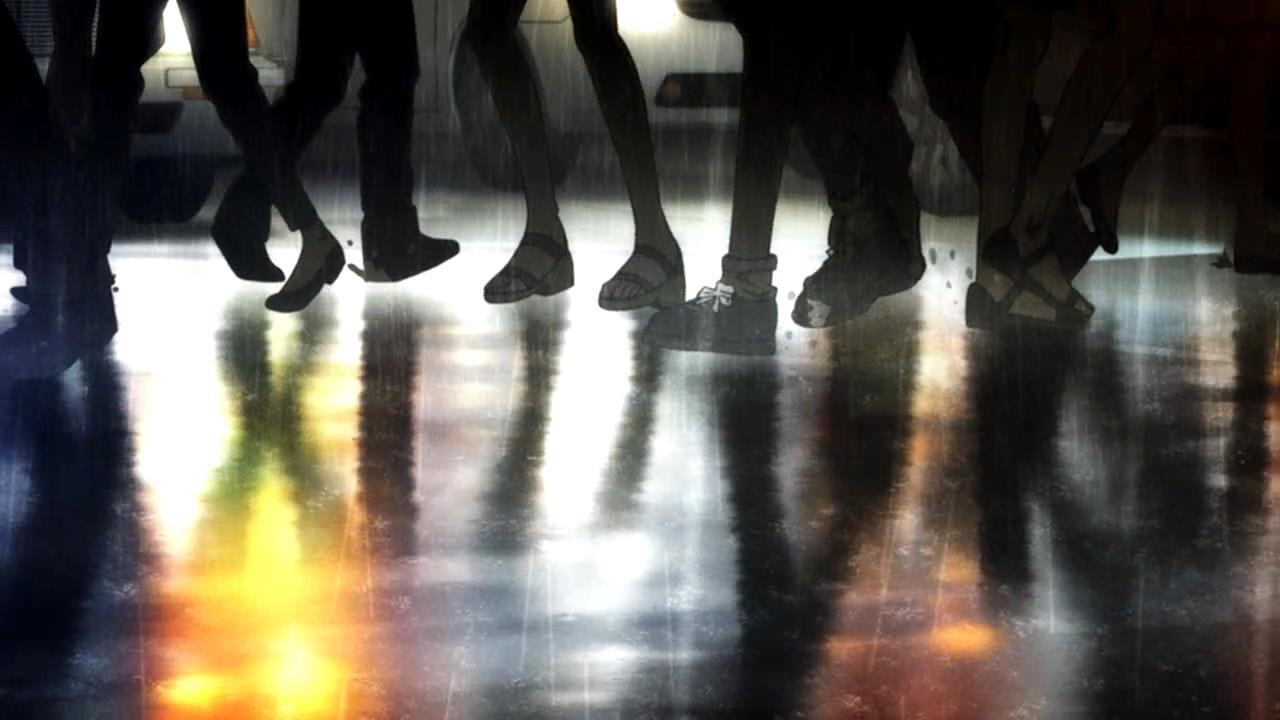
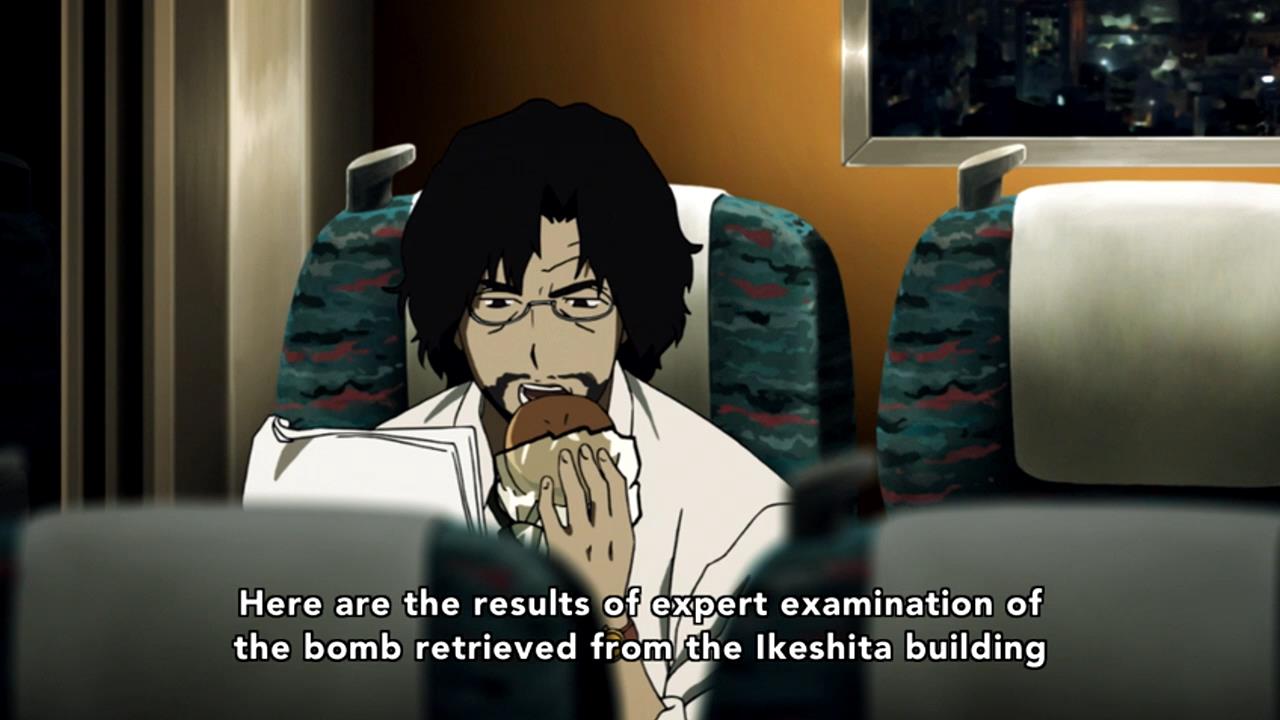
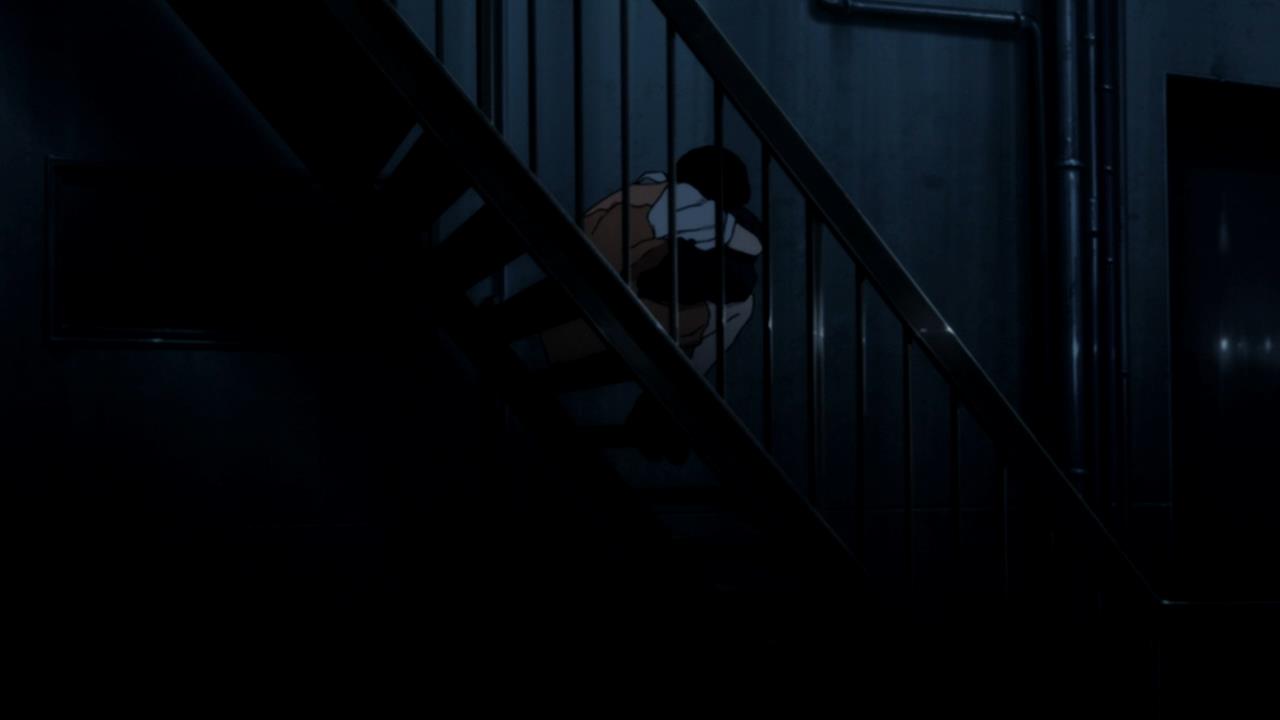
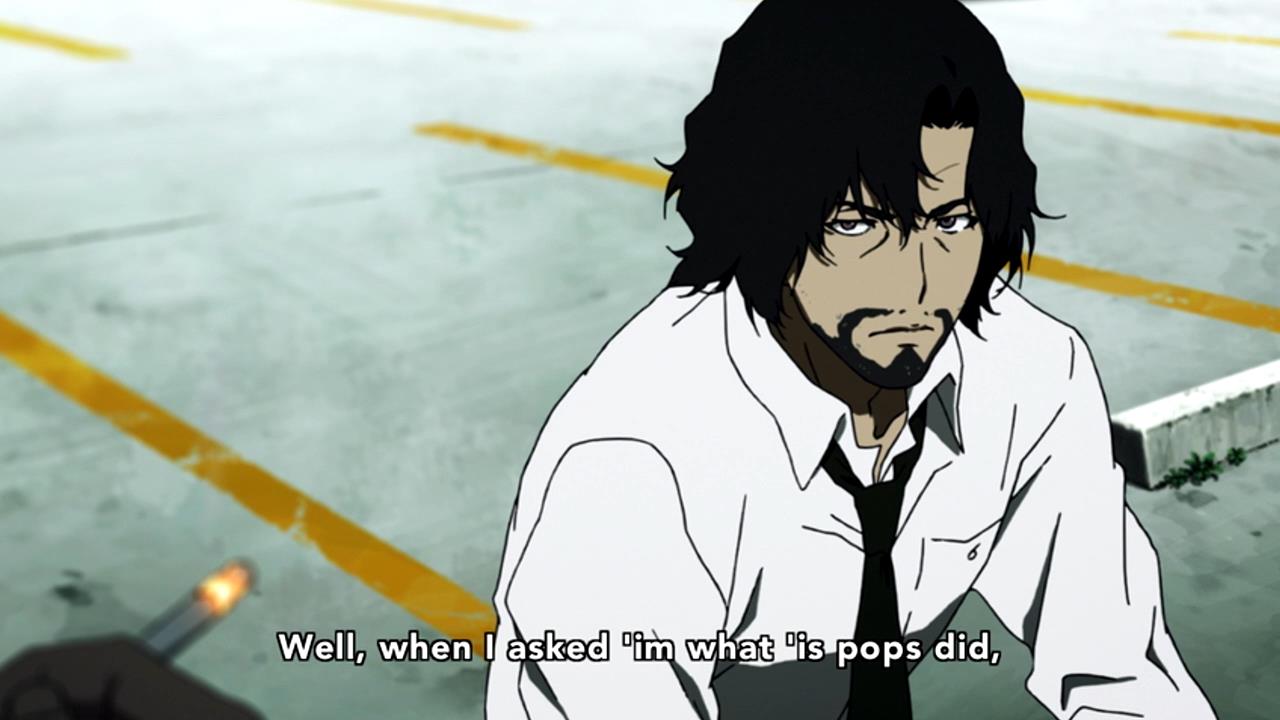
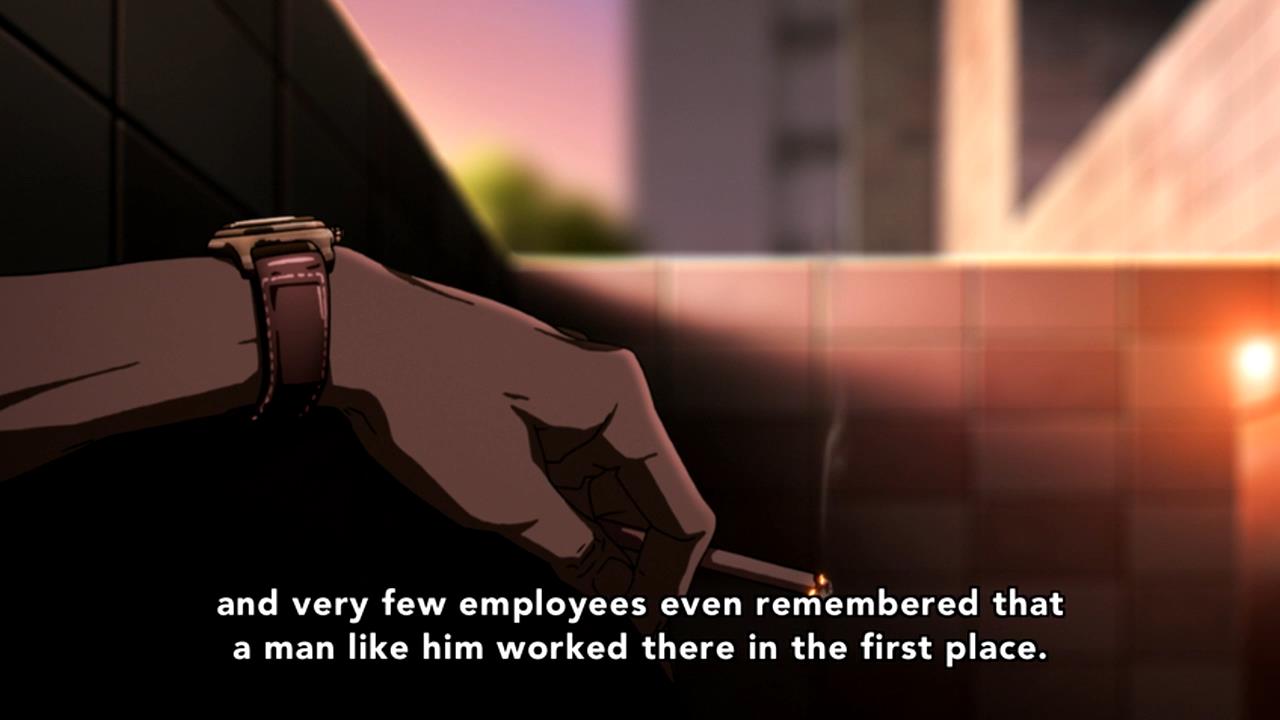
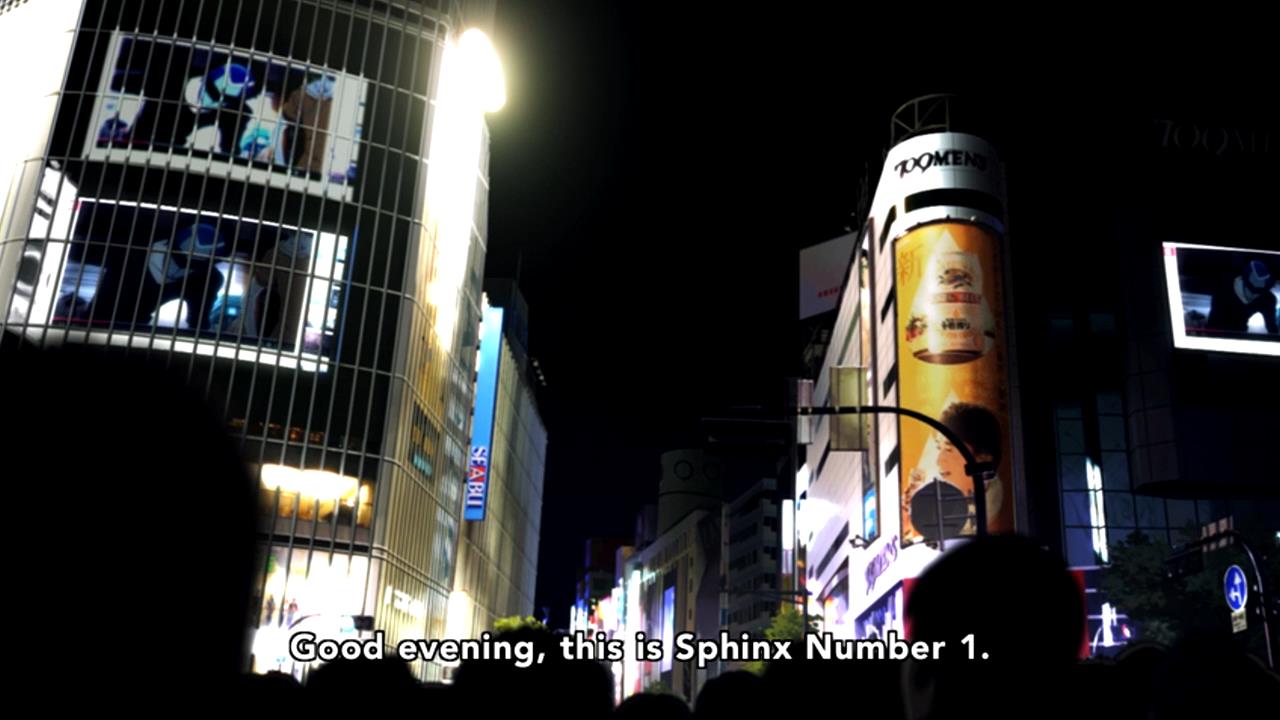
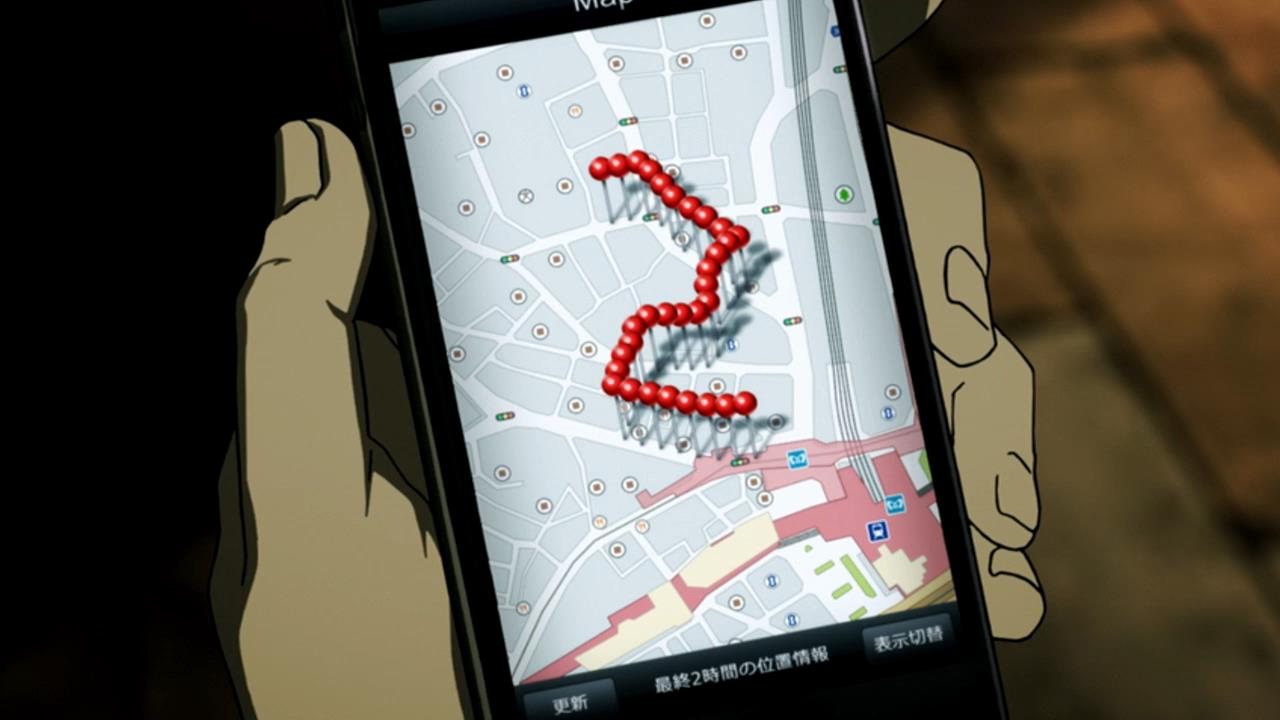

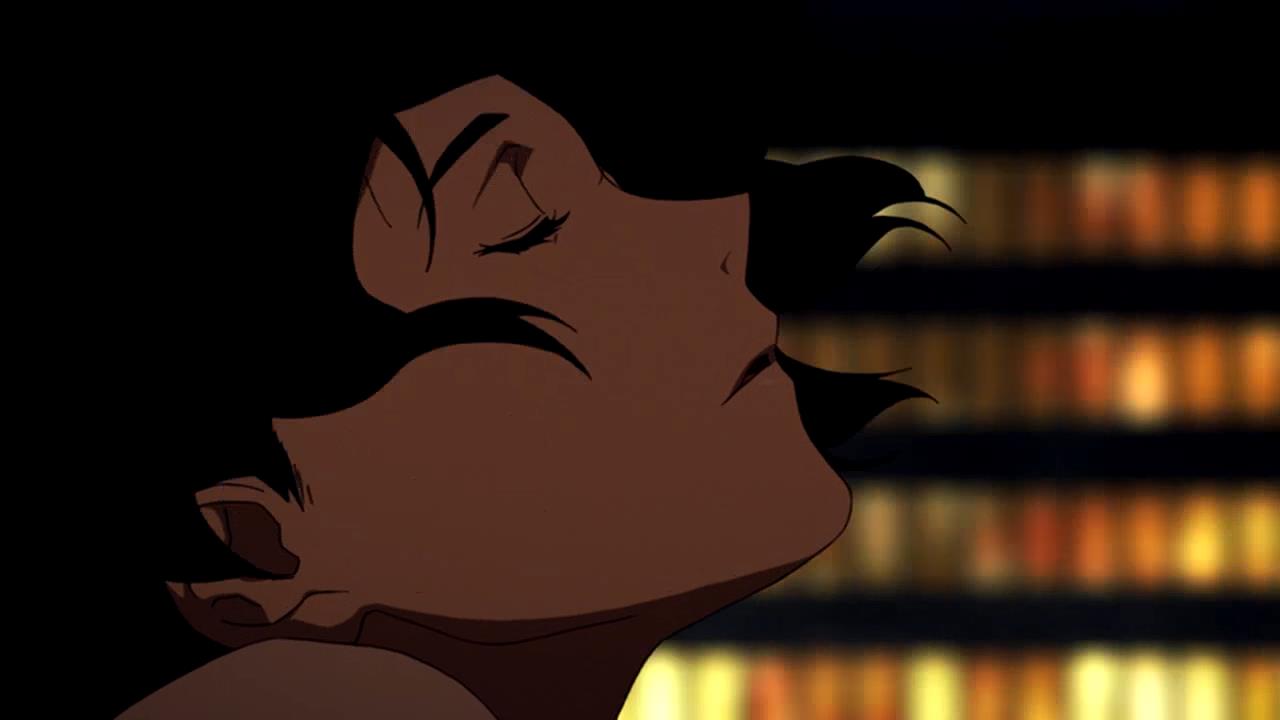
This was a nice review. I don’t seem to notice the light/shadow contrast till you point it out, though…
Are you doing episode 5 as well?
Yep! I’ll get to that either today or tomorrow.
Good read. I hope you have a post soon for today’s episode
I love reading your thoughts on this kind of show! Are you going to do the next episodes as well?
Also, I had completely missed the connection between Lisa and Shibazaki. You think he might be her father? Or is it just a thematic thing?
It seems like there’s a pretty decent chance he’s her father, yeah.
I completely love everything about this episode. Even if this anime ends up falling on its face in the 2nd half, I think this episode will stand as something special in the future.
Yep, this episode’s pretty unimpeachable.
Really great analysis. I particularly appreciated your points on Watanabe’s cinematography as well as your focus on the motif of human connection present in the show. Hopefully there will be a writeup for episode 5, are you down?
Damn, what a fantastic episode. I feel like it’d be a wasted opportunity if Shibazaki isn’t Lisa’s father. If the show has something resembling a happy ending, the parallel between alien generations managing to reconcile and the hero actually reconnecting with the child he failed would just be too right to miss.
I was very amused this episode by how ‘reading internet comments’ was directly correlated with ‘descending a staircase to hell’